15 US Historical Events That England May Not Remember
15 US Historical Events That England May Not Remember

When we look back at history, certain events jump out as major turning points or significant moments that shaped nations. In the United States, numerous lesser-known historical events have had a profound impact on the country’s development and identity.
These events may not always be well-known outside the U.S., but they offer fascinating, and sometimes tragic, insights into the American experience. Let’s explore some of these key moments and understand what each one meant for the growth and transformation of the United States.
The California Gold Rush
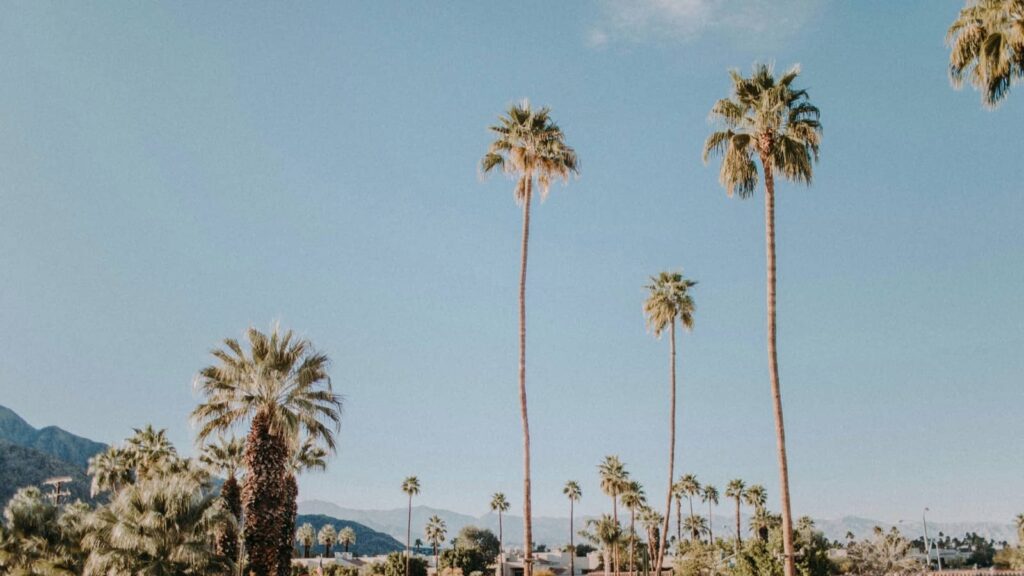
In 1848, gold was found at Sutter’s Mill in California, and news of the discovery spread like wildfire. This marked the beginning of the California Gold Rush, where hundreds of thousands of people from across America and around the world flocked to California in hopes of striking it rich.
This rush for gold led to rapid population growth and the speedy establishment of towns and cities. Economically, it was a boon for many, but it also resulted in significant social and environmental changes.
The indigenous populations were displaced, and the landscape was forever altered. The Gold Rush played a crucial role in California’s admission as a state into the Union in 1850.
The Trail of Tears
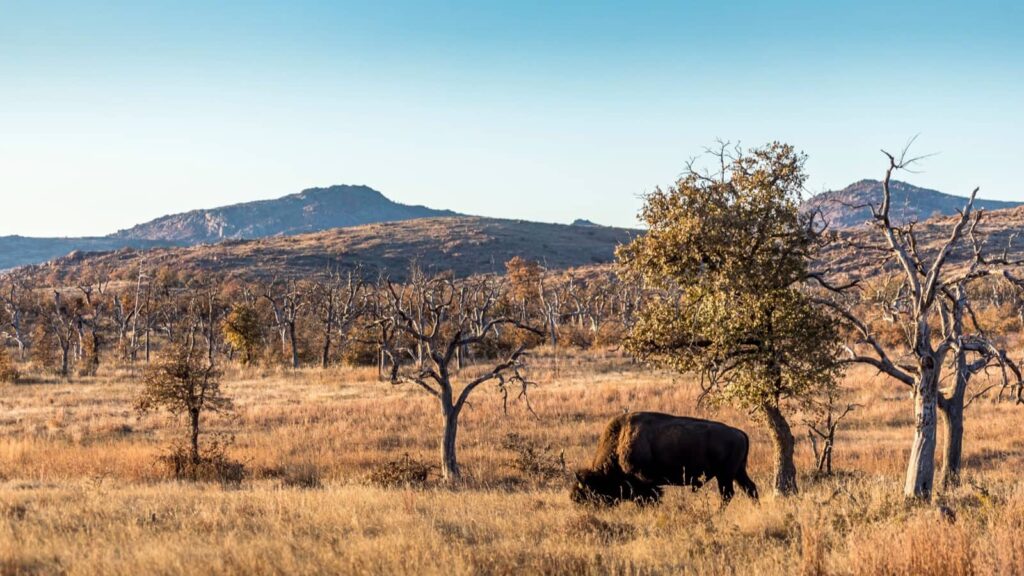
The Trail of Tears refers to the grim journey of the Cherokee Nation in 1838 and 1839, as they were forcibly relocated from their ancestral lands in the Southeastern United States to designated Indian Territory in present-day Oklahoma.
This act of removal, authorized by the Indian Removal Act of 1830, involved walking over 1,000 miles and resulted in the death of thousands due to disease, exposure, and starvation.
The Trail of Tears stands as a poignant chapter in American history, highlighting the harsh realities of expansionist policies and their devastating impact on Native American communities.
The Haymarket Affair
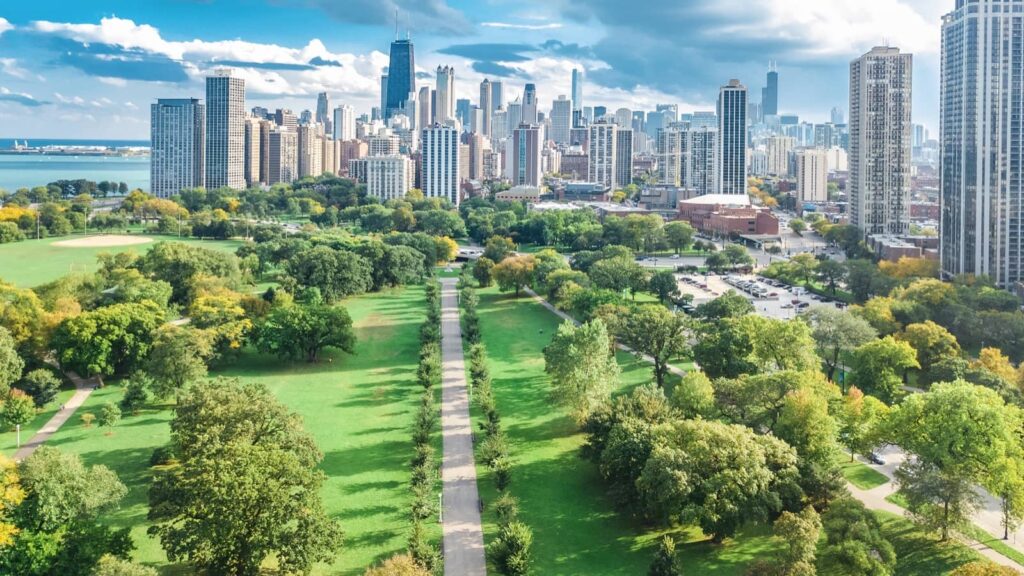
The Haymarket Affair unfolded in 1886 in Chicago, where labor protests for an eight-hour workday turned deadly after a bomb was thrown at police, resulting in deaths on both sides. This event had far-reaching consequences for the labor movement in America.
It led to a severe crackdown on labor activists but also raised awareness about workers’ rights and conditions. The Haymarket Affair is remembered as a key event in the history of labor rights and is observed around the world as International Workers’ Day on May 1st.
The Great Chicago Fire
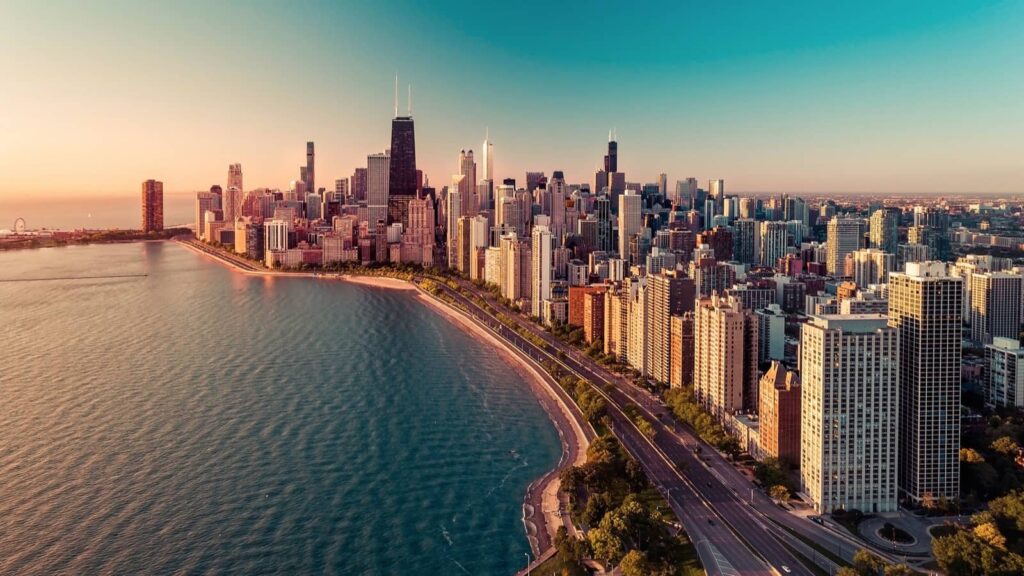
In 1871, a massive fire swept through Chicago, leaving a large portion of the city in ruins. The fire destroyed thousands of buildings and left a significant number of people homeless.
However, the rebuilding of Chicago led to numerous advancements in building safety regulations and urban planning. The Great Chicago Fire is often cited as a pivotal event that reshaped the architectural and social landscape of Chicago, propelling the city towards modernization and eventually making it one of the major cities in the United States.
The Scopes Monkey Trial

The Scopes Monkey Trial, formally known as The State of Tennessee v. John Thomas Scopes, was a 1925 legal case that challenged a Tennessee law banning the teaching of evolution in public schools.
Schoolteacher John Scopes was at the center of this trial, which became a nationwide spectacle. Clarence Darrow and William Jennings Bryan, two powerhouse lawyers, battled it out in court, bringing attention to the American public education system and the intersection between science and religion.
The trial highlighted the cultural divide in the country and sparked a discussion that continues to this day about educational content in schools.
The Tulsa Race Massacre

In 1921, one of the worst incidents of racial violence in American history occurred in Tulsa, Oklahoma, known as the Tulsa Race Massacre. A prosperous Black community in the Greenwood District, commonly referred to as “Black Wall Street,” was attacked by a white mob, resulting in the destruction of the neighborhood and the deaths of an estimated 300 African American residents.
The incident was largely omitted from history until recent decades. The Tulsa Race Massacre is a stark reminder of the deep racial tensions that existed in America and the struggles faced by African American communities.
The Boston Molasses Flood
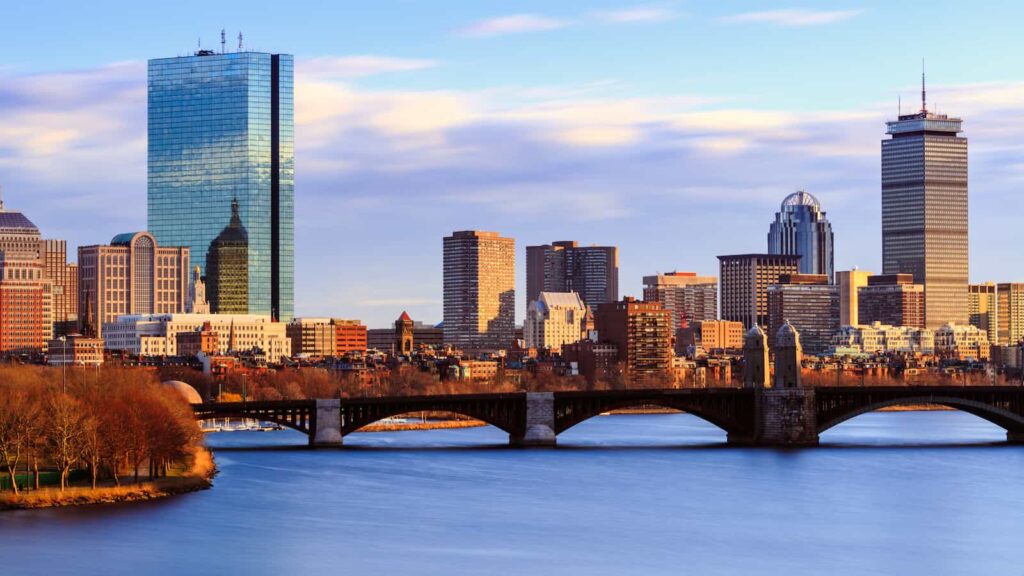
In 1919, a bizarre and deadly disaster struck Boston when a large storage tank filled with molasses burst, sending a wave of molasses rushing through the streets. This event, known as the Boston Molasses Flood, killed 21 people and injured 150 others.
The flood caused widespread damage and led to significant changes in industrial safety standards and regulations. It remains one of the most unusual disasters in American history, showing how even seemingly mundane substances can become catastrophic under certain conditions.
The Battle of Little Bighorn
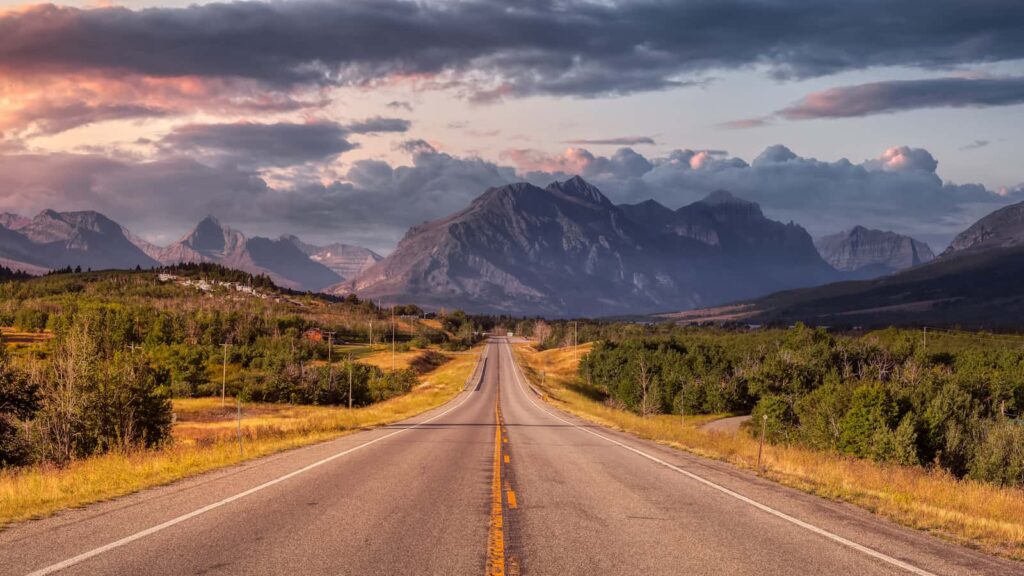
The Battle of Little Bighorn in 1876, also known as Custer’s Last Stand, was a significant confrontation between the U.S. Army and the allied forces of the Lakota Sioux and Cheyenne warriors. General George Custer and his troops were decisively defeated in this battle, which took place in present-day Montana.
This battle was part of the wider Great Sioux War and highlighted the fierce resistance by Native American tribes against U.S. government policies aimed at confining them to reservations.
The event has become emblematic of the tragic conflict between the U.S. government and Native American tribes during westward expansion.
The Dust Bowl

The Dust Bowl was a period of severe dust storms during the 1930s that greatly damaged the ecology and agriculture of the U.S. and Canadian prairies. Poor agricultural practices and a prolonged drought caused the phenomenon, which led to widespread misery and economic hardship.
Many farmers were forced to leave their lands, and many migrated west to California in search of work. The Dust Bowl is often remembered as a time of human suffering and environmental crisis, leading to more sustainable farming practices in the United States.
The Manhattan Project
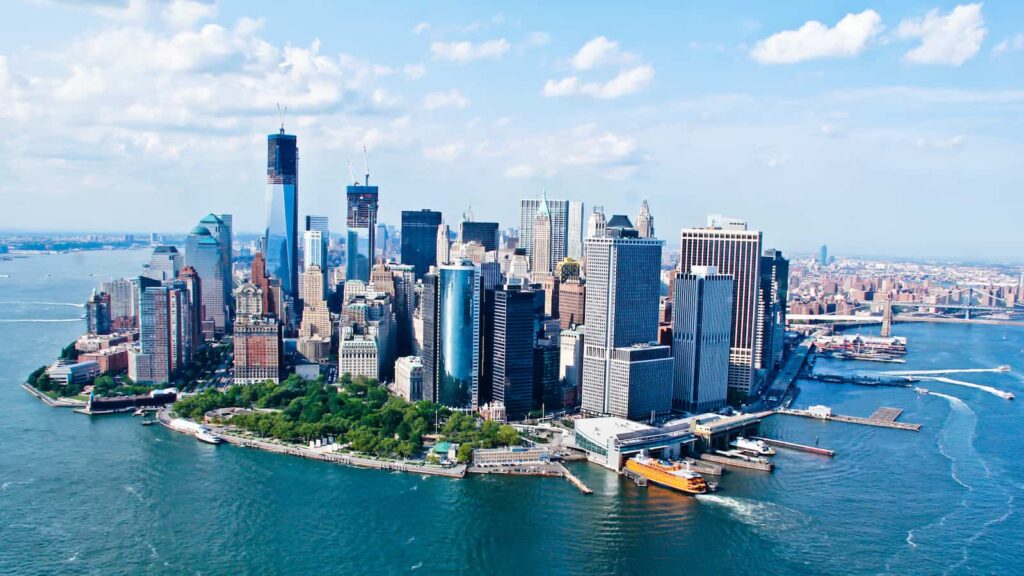
The Manhattan Project was a secret U.S. government research project during World War II that aimed to develop the first nuclear weapons. Led by physicist Robert Oppenheimer, the project culminated in the creation of three bombs, two of which were subsequently dropped on the Japanese cities of Hiroshima and Nagasaki in August 1945.
The project not only brought an end to World War II but also marked the beginning of the nuclear age, profoundly influencing global politics and leading to the arms race during the Cold War.
The Cuban Missile Crisis
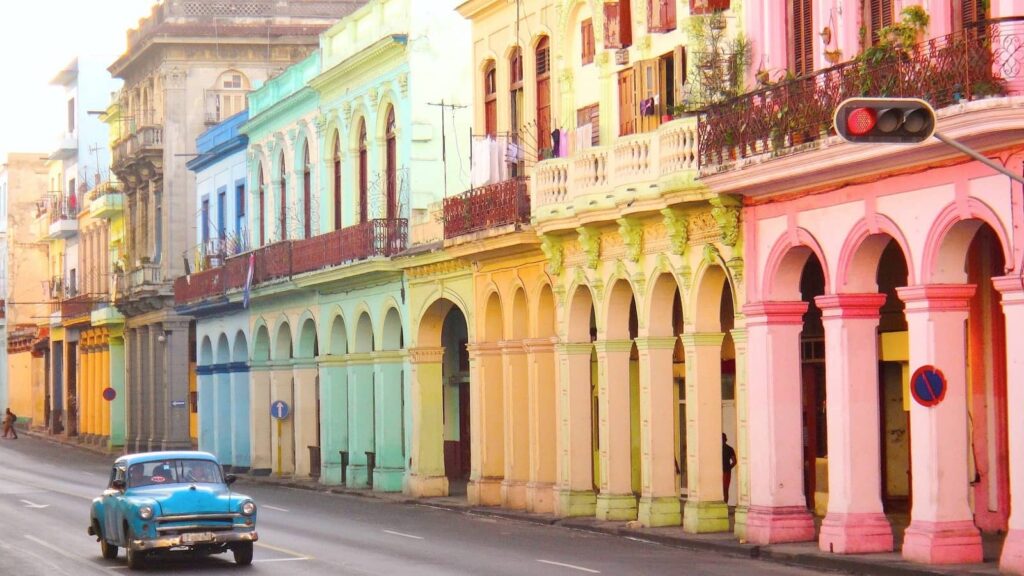
The Cuban Missile Crisis in 1962 was a pivotal moment in the Cold War between the United States and the Soviet Union. After American reconnaissance planes discovered Soviet nuclear missiles in Cuba, a 13-day standoff ensued, bringing the world to the brink of nuclear war.
President John F. Kennedy and Soviet Premier Nikita Khrushchev ultimately reached a deal to avoid conflict. The crisis underscored the dangers of nuclear weapons and led to increased communication and eventually, arms control agreements between the superpowers.
The Watergate Scandal
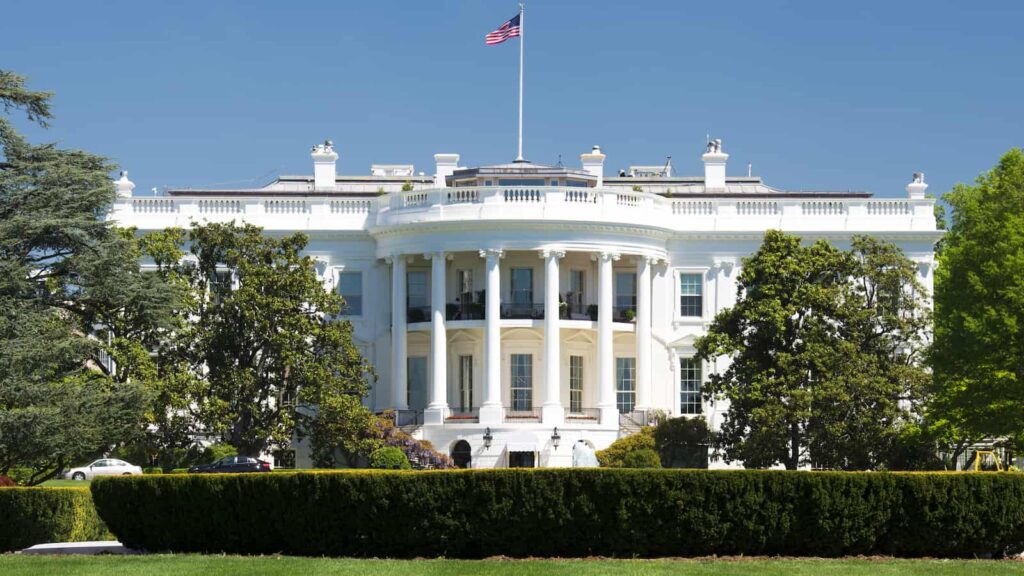
The Watergate Scandal in the early 1970s involved a break-in at the Democratic National Committee headquarters, located in the Watergate office complex, and the Nixon administration’s attempt to cover it up.
Revealed through an investigation by journalists and further congressional hearings, the scandal led to the resignation of President Richard Nixon in 1974, the only U.S. president ever to resign. Watergate had a lasting impact on American politics, leading to increased mistrust in government and greater oversight and transparency in the political process.
The Iranian Hostage Crisis
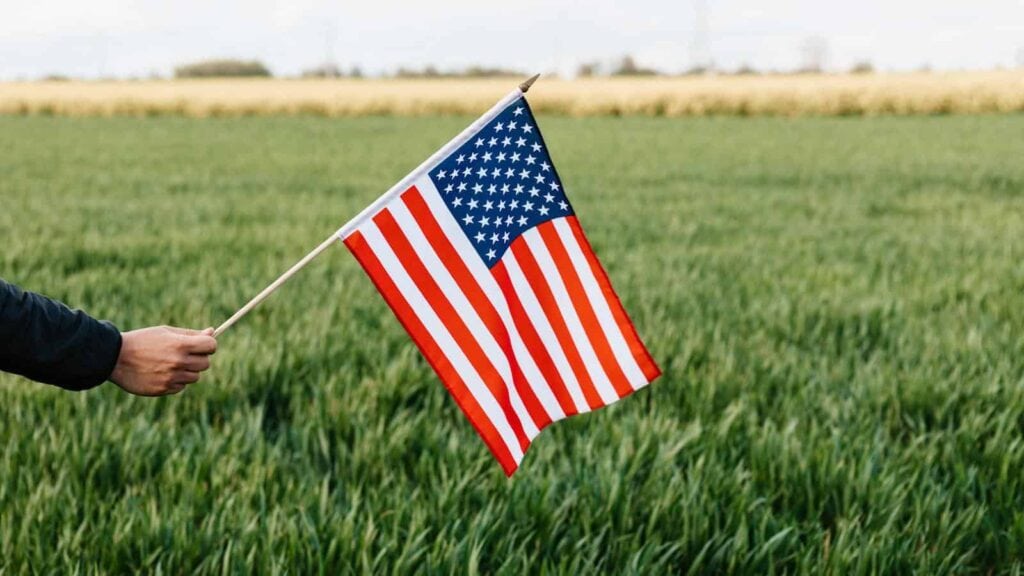
The Iranian Hostage Crisis began in 1979 when militants in Iran seized the U.S. Embassy in Tehran, taking 52 American diplomats and citizens hostage. The hostages were held for 444 days, during a time of profound changes in Iranian politics and U.S.-Iran relations.
This crisis dominated American news and had a significant effect on the U.S. political scene, contributing to the defeat of President Jimmy Carter in the 1980 election. It also marked the beginning of a long period of tension between the U.S. and Iran.
The Exxon Valdez Oil Spill

In 1989, the Exxon Valdez oil tanker struck a reef in Prince William Sound, Alaska, spilling millions of gallons of crude oil. This environmental disaster affected thousands of square miles of ocean and coastal region, killing wildlife and damaging the local fishing industry.
The Exxon Valdez oil spill led to changes in oil industry regulations and raised awareness of environmental protection, highlighting the risks of oil transportation and the need for stringent safety measures.
The Rodney King Riots
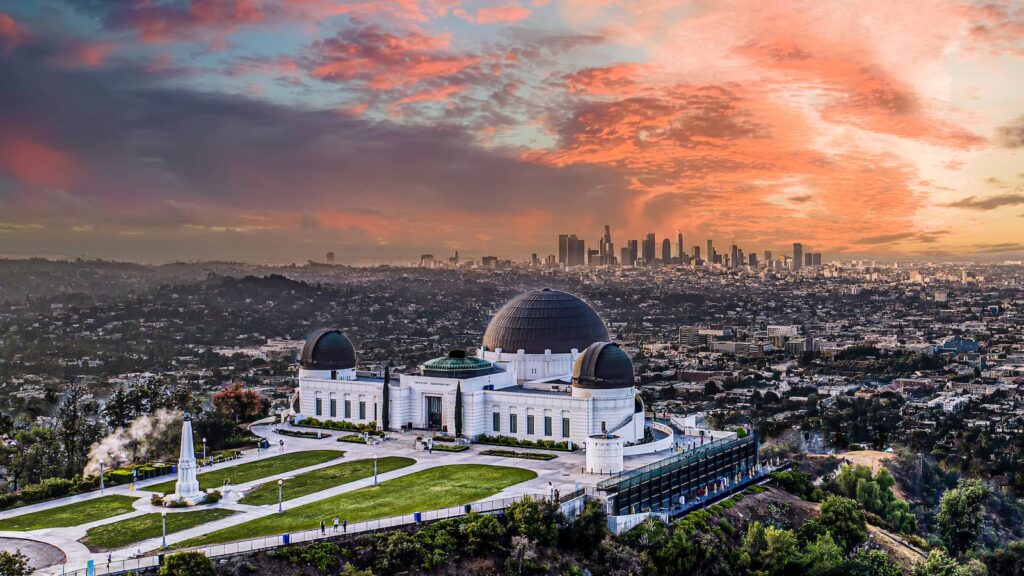
The Rodney King Riots, also known as the Los Angeles Riots, erupted in 1992 following the acquittal of four Los Angeles Police Department officers who were videotaped beating Rodney King, an African American motorist.
The violence and looting that followed highlighted ongoing racial tensions and police brutality issues in America. The riots resulted in numerous deaths and extensive property damage, prompting national discussions about race relations and law enforcement practices in the United States.
We are Mary and Eric, the founders of Be Right Back, a blog dedicated to romance around the globe and at home.
We are Mary and Eric, the founders of Be Right Back, a blog dedicated to romance around the globe and at home. With over 10 years of experience in dating and traveling to romantic places, we share our favorite date ideas and romantic destinations to help couples level up their relationships. Having lived in and traveled through the USA, we also share our favourite things to do in the States.
With 70,000 monthly readers and 16,000 followers on social media, Be Right Back is your go-to resource for romantic trip ideas and couple activities at home and abroad.
